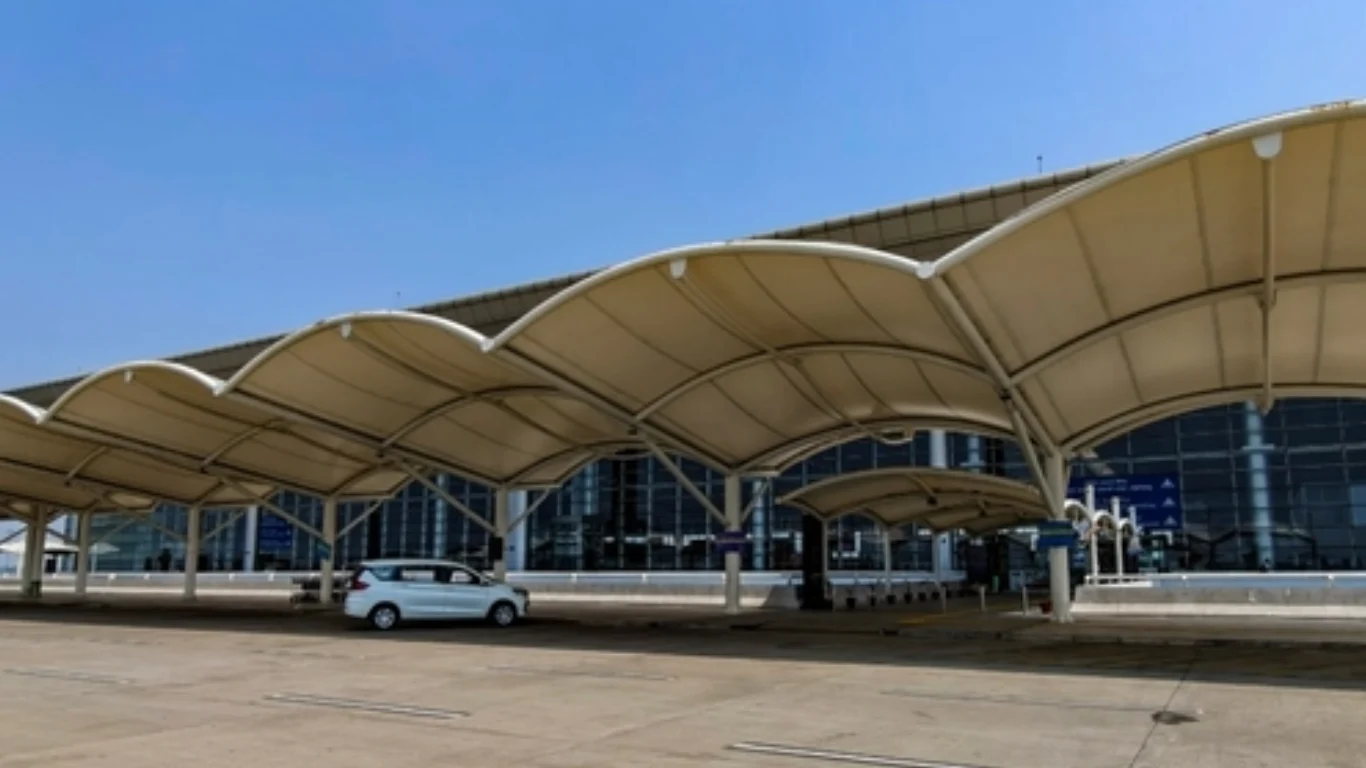
In the wake of the recent military escalation between India and Pakistan, a significant number of civilian airports across India were temporarily shut down as part of broader security and airspace management measures. Now, as tensions begin to ease following a ceasefire agreement reached between the two nations, the government has announced the phased reopening of these airports, signaling a return to normalcy after a tense standoff that gripped the subcontinent for nearly a week. The closures were implemented as a precautionary step after Indian armed forces launched a series of coordinated precision strikes on May 7, under what has now been identified as Operation Sindoor, targeting nine terrorist camps across the border in Pakistan. This operation was a direct response to credible intelligence suggesting imminent threats to Indian security interests, and it marked one of the most assertive military actions undertaken in recent years. The strikes triggered a sharp reaction from Pakistan, and what followed was a four-day-long military face-off involving exchanges along the Line of Control (LoC), naval maneuvering in the Arabian Sea, and heightened aerial readiness on both sides. As a direct consequence of this escalation, Indian authorities imposed restrictions on civil aviation, effectively suspending operations at 32 domestic airports spread across border states and strategically sensitive areas. Additionally, 25 flight routes—primarily those that intersected or came close to restricted airspace zones—were closed for both commercial and cargo aviation, disrupting schedules and affecting thousands of passengers daily. The airspace lockdown, initially set to expire on the morning of May 11, was subsequently extended until 5:29 AM on May 15, due to continuing surveillance and the potential for retaliatory strikes from across the border.
However, a crucial diplomatic breakthrough came late on May 10, when senior military and diplomatic representatives from both India and Pakistan agreed to a mutual ceasefire, applicable across all theatres—land, air, sea, and inland waterways. The agreement, though briefly marred by a reported violation by Pakistan less than 24 hours later, managed to hold firm after India issued a strongly worded warning, backed by a visible demonstration of its heightened military posture. The Indian government, while reaffirming its commitment to de-escalation, made it clear that any further provocations would be met with a firm and disproportionate response. With relative calm returning along the frontlines and intelligence inputs indicating a stand-down in Pakistani military preparedness, the Indian Directorate General of Civil Aviation (DGCA), in coordination with the Ministry of Defence and Home Affairs, began reviewing the operational status of airports that had been grounded for nearly a week.
Among the airports affected were those located in Punjab, Rajasthan, Gujarat, Jammu and Kashmir, Himachal Pradesh, Uttarakhand, and even parts of Uttar Pradesh—areas either close to international borders or along projected threat vectors. Prominent facilities like Srinagar, Jammu, Pathankot, Amritsar, Bhuj, Jaisalmer, Suratgarh, Uttarlai, and Leh were among those placed under complete operational lockdown, with commercial flights either cancelled or redirected. Meanwhile, airports in central India were converted into logistical bases to support potential airlift operations, medevac, or force mobilization if the situation had deteriorated further. The Ministry of Civil Aviation, along with various state governments and airport operators, worked to ensure that essential services, including emergency landings, humanitarian relief, and military logistics, could continue despite the suspension of civilian travel. Airports that remained open operated under high alert, with stepped-up security protocols, restricted flight windows, and close coordination with Indian Air Force (IAF) control centers.
The phased reopening, announced on May 12, is being executed in a carefully monitored sequence, starting with low-risk airports followed by those in more sensitive areas. This process includes thorough security evaluations, inspection of runway and radar infrastructure, reactivation of air traffic control units, and testing of communications and emergency systems. The DGCA has also advised airlines to submit updated flight schedules that account for revised airspace corridors and rerouted paths, given that some sectors may remain restricted for longer depending on geopolitical developments. Passengers have been urged to check with their airlines and airport authorities for real-time updates, as delays and rebookings are expected during the transition period. Special arrangements are also being made for stranded passengers, including additional charter services and coordination with Indian Railways for alternative transport options where needed.
While the immediate risk appears to have subsided, defence analysts caution that the situation remains fluid. Though both countries have indicated a willingness to maintain peace, the underlying causes of the conflict—including cross-border terrorism, intelligence warfare, and territorial disputes—remain unresolved. What sets this episode apart, however, is the high degree of operational readiness demonstrated by Indian authorities, both military and civilian. From rapid airspace lockdowns to seamless inter-ministerial coordination, the response was not only swift but also measured, avoiding escalation while maintaining strategic pressure. Officials involved in managing the aviation side of the crisis credit the Union War Book, a classified national manual for wartime governance, for guiding critical decisions. The manual, though dated, continues to play a pivotal role in laying out protocols for managing infrastructure, civil order, and communications during conflict scenarios.
As the 32 airports gradually return to full operational status and the 25 closed air routes are re-evaluated for reopening, the episode stands as a stark reminder of the volatility that characterizes Indo-Pak relations. At the same time, it underscores the importance of institutional readiness, robust contingency planning, and the resilience of India’s civilian infrastructure in times of crisis. While the hope across administrative corridors is that the War Book can soon return to its secure shelf, unused, the past week has made one thing clear: when called upon, the Indian establishment is prepared to mobilize quickly, decisively, and with strategic clarity. The reopening of these airports, then, is not just about resuming flights—it is a symbolic restoration of calm, confidence, and control after days of uncertainty and geopolitical brinkmanship.

















